Stone installers often complain that the effect of stone conservation is not obvious and cannot effectively play the role of the stone protector in the expectation. Some people even said that it is because the stone is treated with a protective agent that it will cause the occurrence of lesions, such as yellow spots on the stone surface (often the mineral properties of the stone itself or the yellow spot of the wax: the protective materials currently used are mostly siliceous materials, The yellowing rate is not large) or oil spots (in fact, water spots: the alkali inside the backing mortar or the salt in the aggregate infiltrates and deposits inside the stone). In the end, what kind of material is the stone protectant? How to do the protection to get the most effective effect? ​​At which stage of the stone processing, the protection should be carried out to meet the maximum economic benefits? Which kind of wet installation method can avoid a large number of The disease factor enters the stone interior to invade the stone?
Most of the problems facing the stone industry in the stone industry are the occurrence of lesions after installation, and the resulting stone commercial disputes. On-site installation personnel and building owners are most likely to directly encounter such problems. Therefore, when all aspects are concerned with the causes of stone problems, the focus is often on whether the construction workers use unqualified aggregates and stone installations. Whether it is appropriate to cut corners and stone construction methods. The stone processing plant, which is a supplier of stone raw materials, is not easy to consider. At best, it is thought that the quality of the stone may be flawed. Of course, the most direct factors related to the occurrence of stone lesions are of course related to the stone construction method and the quality of protection. However, there are many stone lesions, the real factor is derived from the processing procedure of the stone slab, that is to say, the processing procedure of the slab sometimes indirectly causes obstacles in the maintenance engineering, and it is necessary to solve the problems arising from the subsequent problems. Sometimes it is far more trouble than the average consumer imagines. The chances of problems caused by improper processing of such stones are actually high, but they have never been valued. Therefore, we will analyze the advantages and disadvantages of waxing, a process that is most likely to cause problems in general stone processing plants. It is also recommended that the stone processing plant consider the process of stone protection to be included in its standard processing flow, or consider building an independent and professional stone protection factory to carry out a perfect stone protection project.
Stone is a natural building material. The surface of the stone is caused by the variation factors in the process of stone formation. The fine lines (commonly known as chicken feet) and the gloss are not ideal. Therefore, the manufacturer often uses various methods to improve the gloss of the stone surface and reduce the gloss. Small lines and thin lines on the surface of the stone. At present, the most commonly used method in domestic stone processing plants is to apply a layer of wax on the surface of the finished stone to increase the surface gloss of the stone finished product and reduce the chicken claw pattern on the stone surface. The waxing process is convenient for the stone factory (the stone is waxed for surface coverage, the stone does not need too high dryness requirements, the processing equipment is simple and cheap), and it is economical (the wax material cost is low) But the benefits of improving the surface of the stone are large). However, it may cause great trouble to consumers and construction and installation companies. The main reason is that wax is a kind of surface protective material. When it covers the surface of stone, the original pores and fine lines on the stone surface will be It is blocked. Therefore, if the stone installation industry or the stone protection industry wants to carry out the stone protection engineering, the wax already existing on the stone surface will protect the inner stone from the biggest obstacle, and the protective layer will only exist on the surface and cannot penetrate. Below the surface of the stone, the risk of protection failure and subsequent lesions may increase greatly. In this case, if the floor stone is paved with a soft bottom wet construction method, the stone to be laid is often a non-densified material (such as light color). Granite, etc.), in this way, local water spot lesions after the base water is almost inevitable. In addition, many of the waxed stone are exposed to air and sunlight for a long time, which is prone to yellowing. It may also be the primary factor for yellowing of stone.
In order to protect the stone after waxing, some stone protection workers will use the wax removal procedure to clean the stone surface. However, the effect is often not as good as expected. The main reasons are:
1. It may be that the wax removal effect is not good (there are too many types of wax, and the wax currently used on the surface of building materials, there are dozens of kinds of waxes, such as PE, PU, ​​PP, acrylic, silicone, etc. of resin. And non-resin stearic acid, oleic acid, white wax, etc., have different chemical and physical properties, and therefore, it is not easy to find a wax removing agent which can be applied to each wax.
2. May be the occurrence of indirect lesions caused by wax residue (the wax remover sometimes has acidity and alkalinity, and side effects may occur inside the stone.
In fact, from a chemical point of view, the failure of the wax removal project may be higher than the chance of success. This can be compared with the doctor's first aid for human poisoning. The chemical composition of the wax must be clearly analyzed and the drug needs to be diagnosed. The toxicity does not remain and does not harm the effect of the stone itself. In fact, this is a difficult matter. Moreover, it is almost unrealistic to require the stone protection industry to have a complete background in chemical education.
Based on the above viewpoints, it is not difficult to find that stone materials processing plants should consider the use of protective agents as materials for improving the surface quality of stone materials when using materials with improved surface quality of stone materials, so as to avoid obstructing the protective work of the stone later stage, so that the stone can be lowered. The probability of a problem, eliminating consumer concerns about the use of stone.
Piston rings are manufactured and classified on the basis of function and usability. The primary usage of the Piston Ring is to seal the chamber (where the piston is moving), which can be a combustion chamber of a 2 stroke or a 4 stroke engine. Marine engines have three or more types of rings fitted on the circumference of the piston.
The piston ring is an essential piston part, and its numbers and functionality differ depending on the type and capacity of the engine.
In 2-stroke large engines, compression type piston rings are used to seal the combustion chamber and wiper rings are installed below them to wipe the deposits from the liner and distribute oil on the liner surface.
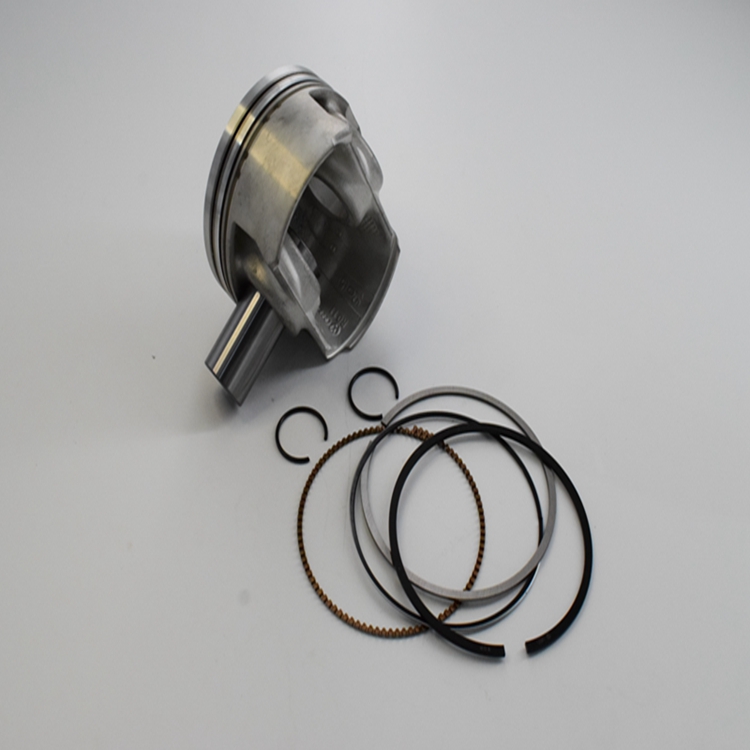
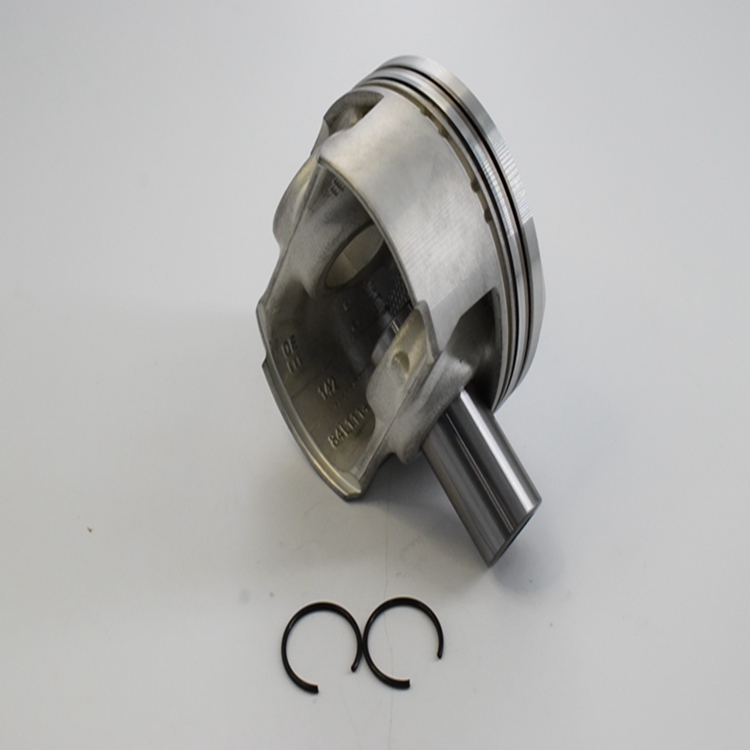
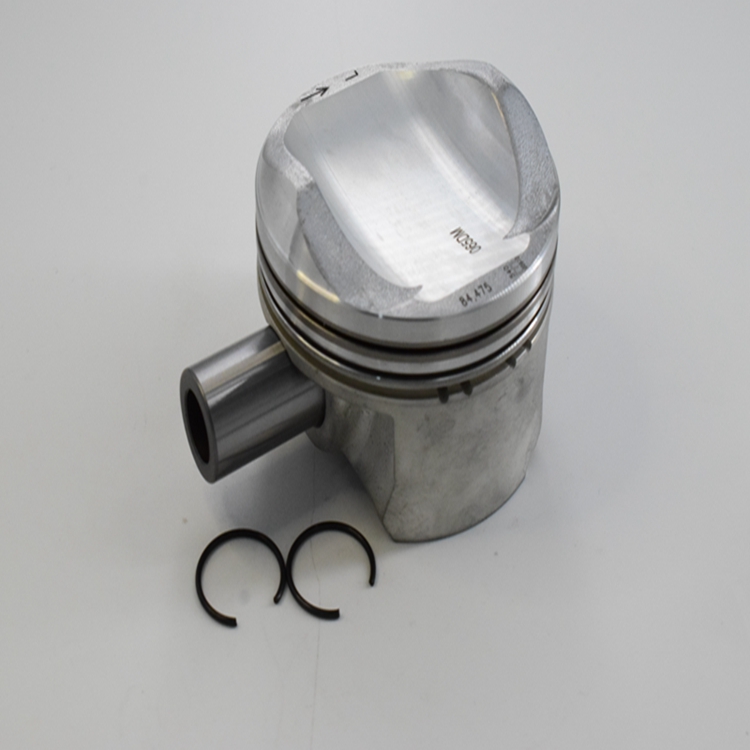
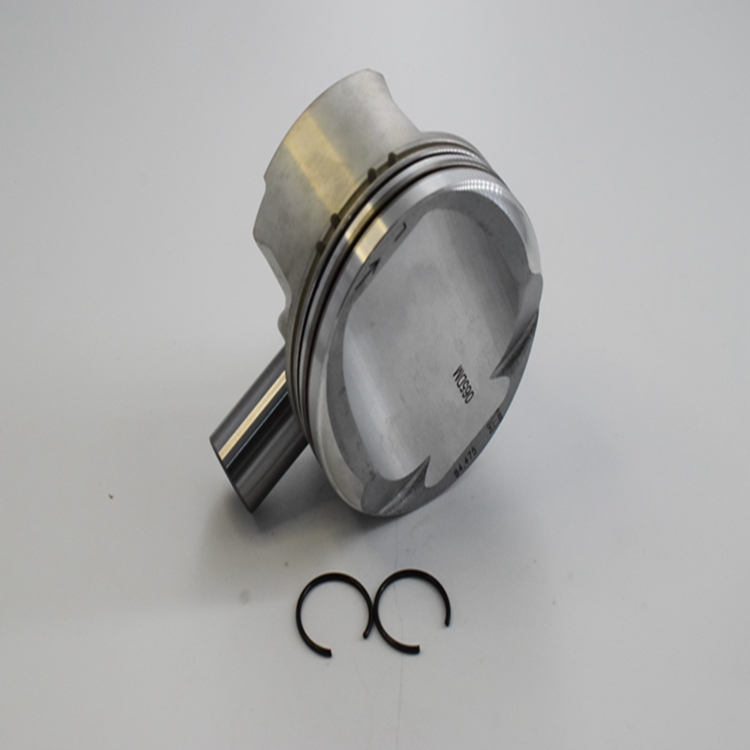
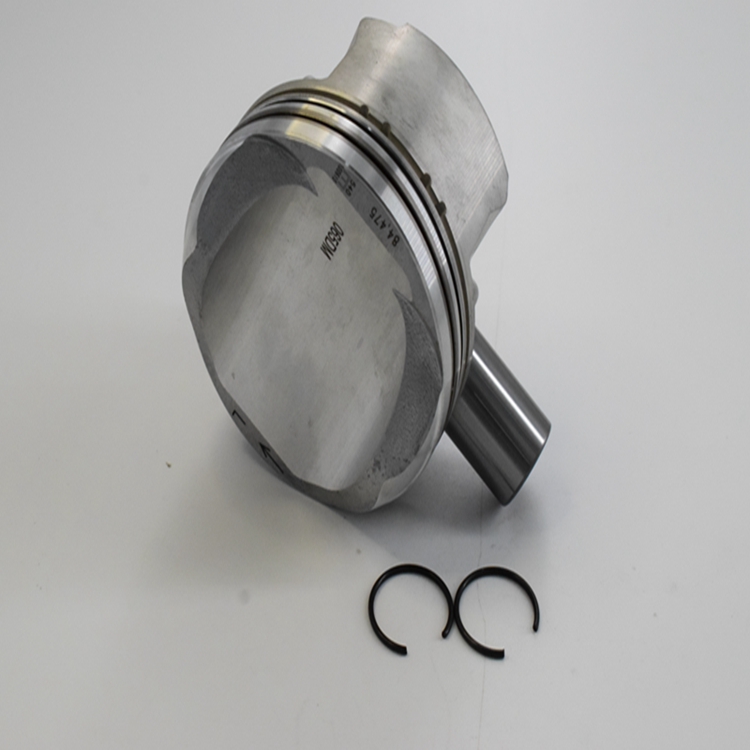
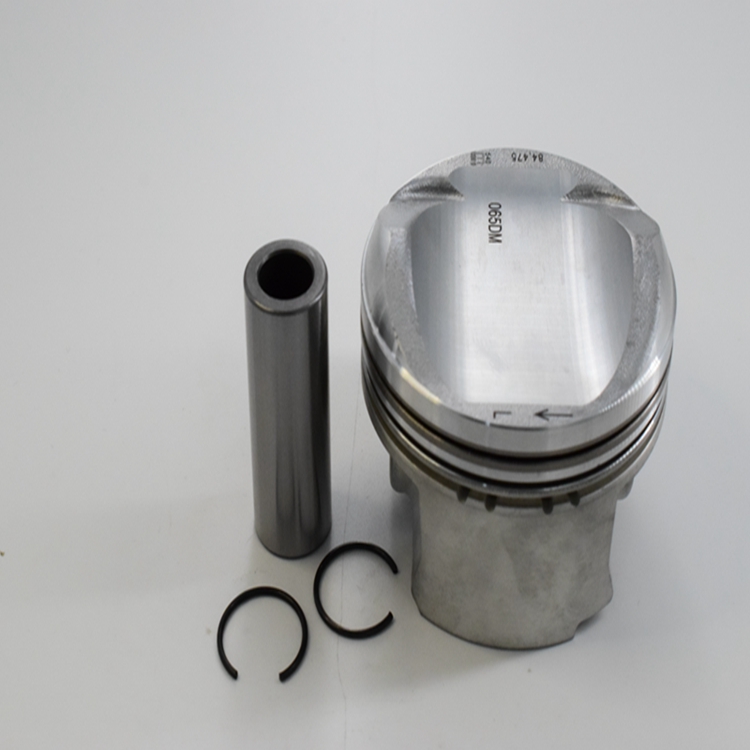
Auto Parts Piston and Ring,Aluminum Alloy Piston Set,Piston Engine Parts Parts,Piston Piston Ring Used for Car
Shijiazhuang Longshu Mechanical & Electrical Equipment Trading Co., Ltd. , https://www.longsbearings.com